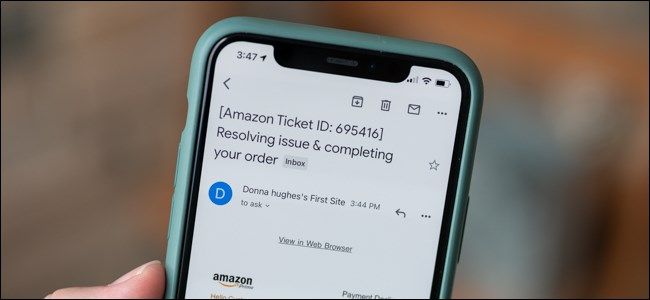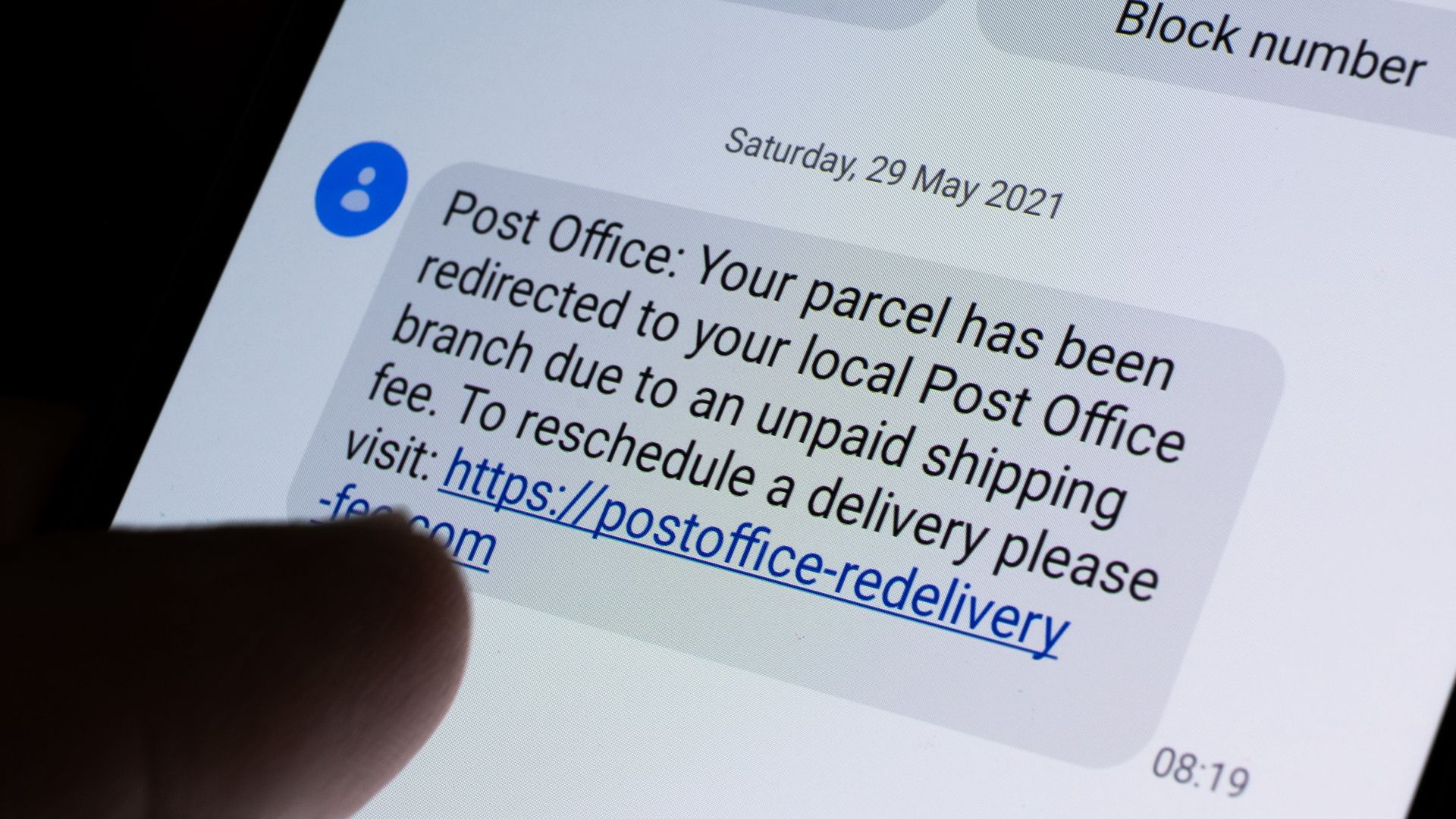Key Takeaways
- Verify the legitimacy of all links before attempting to visit them and steer clear if they don’t check out.
- Be wary of any messages you receive about package delivery issues, suspicious bank activity, and failed login attempts.
- Above all, don’t panic. Scammers impose a sense of urgency to force you into rash decisions.
Every year, vast schools of shoppers swarm around Black Friday deals in a proverbial feeding frenzy, but the chaos can also attract scammers that only need one slip up to strike.
What Is Phishing and How Does It Impact Black Friday?
In broad terms, phishing is one of the more common forms of modern scams intended to trick victims into either providing sensitive information or downloading malicious software. Typically, these scams are attempted through either email or text messaging.
Frantic periods like end-of-year holidays are particularly tempting targets for phishing scams (among other forms of dishonest trickery). They usually rely on victims feeling too stressed or pressured to stop and question their validity, so of course one of the most intense U.S. shopping events of the year ends up being a prime target.
Anyone can be a potential mark for common online scams such as phishing. However, they’re not impossible to spot if you know what to look for.
Question All Your Messages
As this is a prime shopping season, you’re very likely to receive emails and text messages about orders and deliveries. These aren’t inherently fake, but when you have several of them appearing regularly, there’s more of a chance for a fake to slip past you.
If you receive an email about an order containing non-specific terms and descriptions, do not click on any links—this is likely a phishing email. Instead, open a web browser and manually navigate to the website in question to check your order history or messages there.
Scammers will sometimes try to pass themselves off as your bank, claiming there was an overdraft, suspicious activity, and so on. A lack of an actual bank name is a big warning sign, but even if the message uses a recognizable name, it’s best to avoid opening any links and instead log into the official website on your own.
Delivery texts are particularly suspect as it’s a very common way scammers will attempt to trick you—even outside the holiday shopping window. Unless you know for a fact that the number contacting you is legitimate, never trust a text that says something went wrong with your delivery.
Another possible scam to look out for is an email or text about a “failed login attempt.” Two-factor authentication (2FA) has become fairly commonplace, which is a good thing, but scammers will also try to trick you into thinking someone’s hacked into (or is attempting to hack into) one of your accounts.
If you receive a message about a failed login attempt, don’t take it at face value right away. As with these other scams, visit the website directly and log in. If you don’t see any suspicious activity, the warning was almost certainly fake. That said, if you’re still worried about someone possibly hacking into your account, use the opportunity to update your password.
Check the Sender
A good habit to get into is double-checking the source of the emails and text messages you receive before even thinking of responding or taking action. Look up the actual number of a text or call rather than relying on the display name (which can be faked), and look at the actual email address of the sender (Amazon would never email you from a Gmail account).
Unless you’re absolutely certain of the validity of a text or email sender, never click on any of the supplied links. Even if you are fairly sure it’s legit, avoiding links and manually checking your account is still a great habit to get into.
Not All Websites or Search Results Are Legit
Not all phishing scams involve fraudulent messages, though. Some go as far as to fake entire website homepages to the point that they look almost indistinguishable from the real thing at a glance.
When performing an internet search for something—whether it’s a gift or something for you—pay close attention to the website URL before clicking on a result. It’s not uncommon for scammers to create official-looking landing pages to try to trick people who mistype a web address or aren’t paying attention to their search results.
Most browsers will display the actual URL towards the bottom of the window if you move the cursor over the link without clicking on it. Do this, and if the actual URL doesn’t lead to where you think it’s supposed to, stay away.
Be wary of coupons, vouchers, and links to various deals being shared on social media, in emails, via text messages, or in group chats. Even trusted senders could either inadvertently share something malicious, or have their account hacked in order to further spread phishing links.
Verifying the actual address of a link is always good practice, of course. And when in doubt, visit the official site directly through your browser’s address bar and check for deals and specials there.
Above all, the most important thing to remember when it comes to avoiding phishing scams is to not panic and don’t try to rush yourself—that’s what scammers want you to do. Even if a message has scary implications, give yourself a few moments to think about it rationally, then check things out on your own without following any unexpected links.














